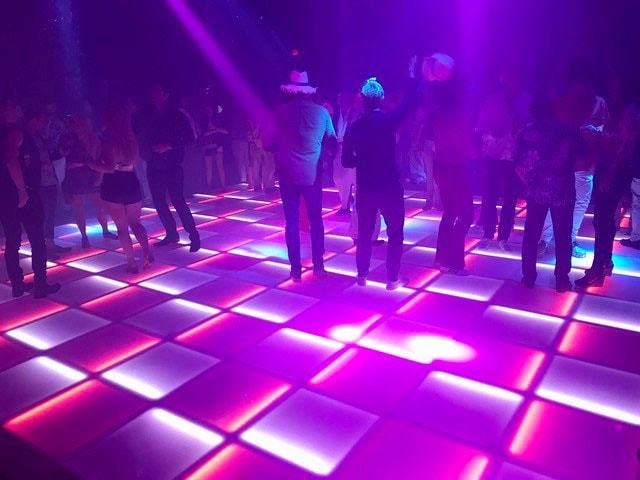
One of the main functions of lighting on a dancing area is to illuminate the dancers. Focused lights can be used to focus attention on solo dancers or teams, making them the focal point of attention. This method not only displays their actions but also adds a dimension of theatricality to the show. When dancers are lit properly, their facial expressions and techniques become more visible, allowing the spectators to appreciate their skills. This targeted lighting can also help to establish a story, leading the spectators through the show.
In addition to highlighting performers, colored lights can significantly impact the mood of the dancing area. Various colors elicit varied emotions; for example, warm colors like red and orange can generate a sense of enthusiasm and vitality, while cooler colors like azure and emerald can encourage calmness and relaxation. By strategically using colored lights, organizers can control the environment to align with the theme of the event or the style of the performance. This considerate approach to lighting setup can improve the overall experience for everyone involved.
Flashing lights and other active lighting features can also add excitement to a dance floor. These effects can generate a sense of beat and motion that matches the music being performed. When timed with the beat, strobe lights can make the dance floor feel alive, inviting dancers to groove in sync with the flashing lights. This interaction between light and sound can boost the vitality of the event, making it more enjoyable for both performers and spectators. The use of such effects requires thoughtful consideration to ensure they enhance rather than distract from the show.
Ultimately, the complete design of the lighting setup is essential for establishing a unified look on the dance floor. A well-thought-out lighting strategy considers the configuration of the area, the type of dance being executed, and the spectators' experience. By integrating different lighting methods, such as background lighting, accent lighting, and unique features, planners can design a visually stunning environment. This focus to specifics not only enhances the performance but also creates a lasting impression on the spectators, making the occasion memorable. In conclusion, the powerful power of lighting is vital in improving try this out dancing area aesthetics, establishing an captivating and enjoyable experience for everyone.